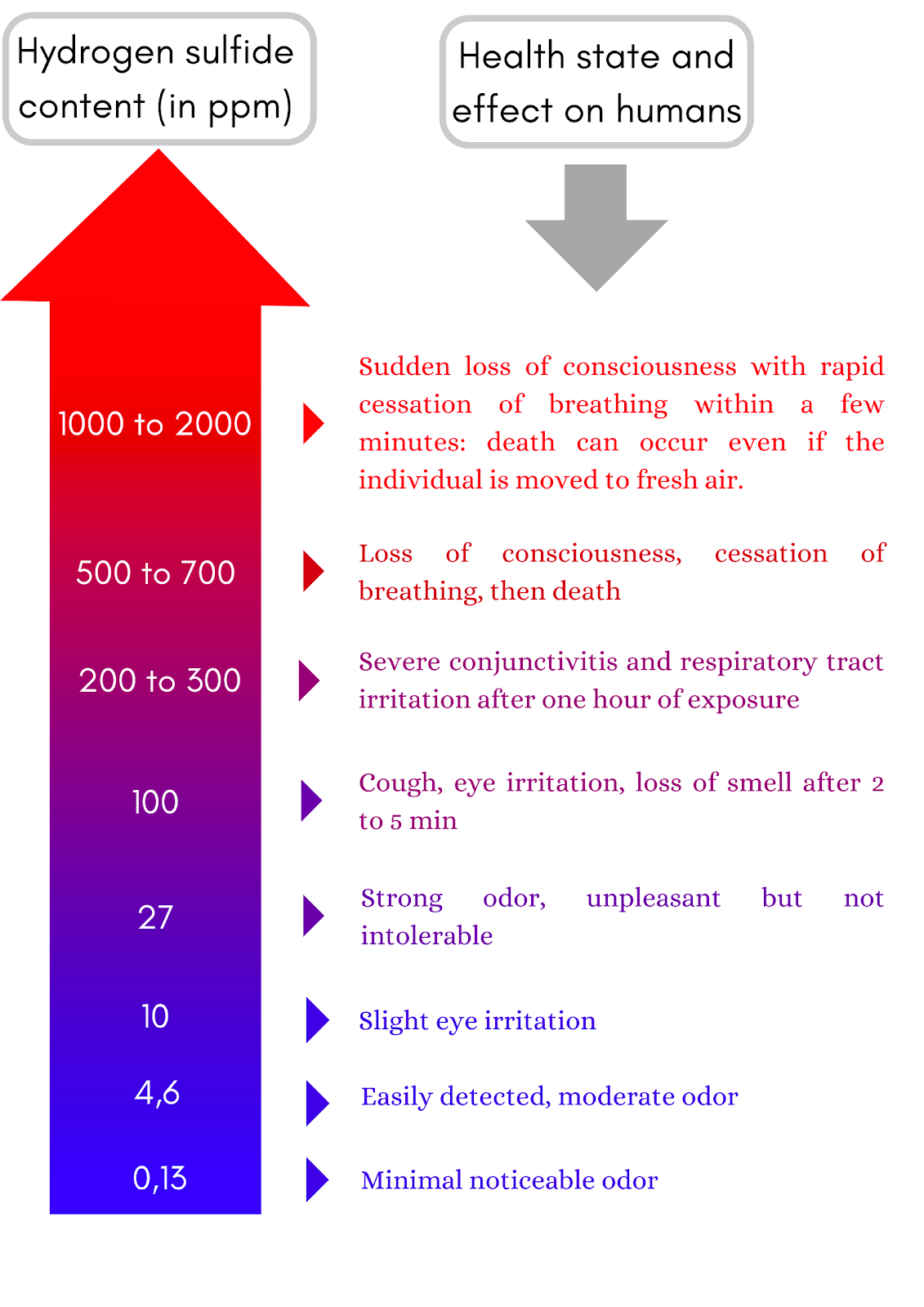Carocamadour (Talk | contribs) |
Carocamadour (Talk | contribs) |
||
| Line 260: | Line 260: | ||
h1 { | h1 { | ||
| − | justify-content: | + | justify-content:bottom; |
vertical-align: middle; | vertical-align: middle; | ||
height:50px; | height:50px; | ||
Revision as of 01:37, 17 December 2021
Safety
Organizations involved in our manipulations
For our project, we will use different elements :
- Ulva spp : ulvan, the sulfated polysaccharide.
- E. coli BL21(DE3).
- Enzymes from F. agariphila :
- degradation enzymes.
- sulfatases.
- Chemical elements: Hydrogen Sulfide (H2S), Sulfur dioxide, Sulfur trioxide and Sulfuric acid (H2SO4).
Ulva spp.
Ulva spp. cause the development of green tides, therefore they could potentially be an invasive species if released in a favorable environment.
Several measures can be employed to avoid a possible intrusion by the algae :
- Manipulate Ulva spp. in a closed environment.
- Throw potential waste in special trash dedicated to incineration.
- Do not throw waste containing Ulva spp. or fragments from Ulva spp. down the sink.
We isolate this organism from its natural environment. This organism is at the core of our project.
Enzymes from Formosa agariphila
To achieve our goal, our enzymes’ choice was based on the marine bacterium F. agariphila which has an ulvan degradation enzymatic cascade.
A total of 7 enzymes, naturally produced by F. agariphila, will be used :
- Degradation enzymes : P31_GH39, P10_Plnc, P30_PL28 (degradation of ulvan).
- Sulfatases : PLH18, PLH32, PLH36 (hydrolysis of sulfate esters and SO42- production)
- Formylglycine-generating enzyme (FGE) for sulfatases activation
(Reisky, L. et al, 2019)
These parts are not dangerous nor toxic for humans
The chassis
E. Coli BL21 DE3 is the chassis that we are using.
According to the safety sheet of New England Biolabs Inc., there is no sanitary risk associated with our chassis.
We are using a safe and non-pathogenic E. coli strain (BL21 DE3) which is labeled Risk group 1, according to iGEM guidelines.
The algae and our enzymes producing bacteria will be put into hermetic tanks. In this way, all enzyme reactions will take place in a closed environment.
Chemical Safety
The degradation of ulvan will allow H2S and SO42- production.
There are risks of H2S intoxication and H2S ignition. The gas concentration in the atmosphere not to be exceeded for the personnel’s safety is 5 ppm.


Managing the risk
We have a team of 6 teachers-researchers who help us to manage potential risks.
They all have extensive lab work experience, and they all have worked with E. coli in the past.
In their lab, they have to regularly attend lab safety training. Some of the experts overseeing our projects are very familiar with bacterial transformation and culture, plasmid design and cloning, and molecular biology methods overall.
They are very familiar with the experimental procedures that we plan to conduct.
Their routine includes bacterial transformation and culture, plasmid design and cloning.
All team members passed good laboratory practice classes that taught us safety and security while working in a lab.
Thus, We received another safety and security training before starting lab work for our project.
Performed experiments of this year did not imply handling toxic gas, since we only multiplied plasmids in bacterial culture.
During manipulations the sanitary rules were respected, meaning masks were worn and a safe distance between members was maintained.
In addition to that, experimenters regularly disinfected their hands and the workspace.
Humans practice
With the health situation, as in the lab, the team had to respect all sanitary rules even during events (mask, hydroalcoholic gel and social distancing).
For instance, during the “Fête de la Sciences” in our city, strict sanitary rules were established and had to be respected.
Even if it was an event open to the public, everyone had to make an appointment and had limited time while visiting,
had to wear a mask, to disinfect their hands before entering and to keep their distance from the other visitors and organizers.
Moreover, for efficient teamwork, we used a video conferencing platform to communicate between as well as with researchers and professionals.
Also, the interviewees gave their personal authorization to be recorded. Besides, all of them allowed us to cite them when we used a piece of information that they gave us.
